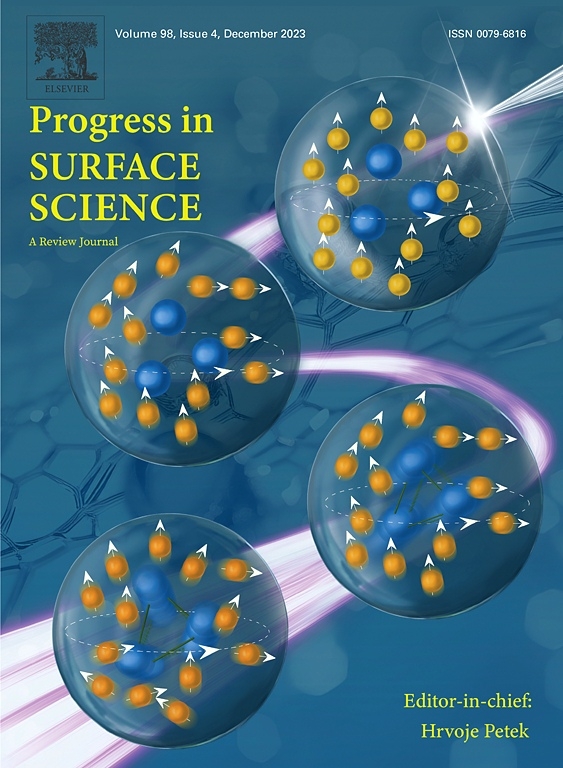Silicene, a promising new 2D material
Abstract
Silicene is emerging as a two-dimensional material with very attractive electronic properties for a wide range of applications; it is a particularly promising material for nano-electronics in silicon-based technology. Over the last decade, the existence and stability of silicene has been the subject of much debate. Theoretical studies were the first to predict a puckered honeycomb structure with electronic properties resembling those of graphene. Though these studies were for free-standing silicene, experimental fabrication of silicene has been achieved so far only through epitaxial growth on crystalline surfaces. Indeed, it was only in 2010 that researchers presented the first experimental evidence of the formation of silicene on Ag(1 1 0) and Ag(1 1 1), which has launched silicene in a similar way to graphene. This very active field has naturally led to the recent growth of silicene on Ir(1 1 1), ZrB2(0 0 0 1) and Au(1 1 0) substrates. However, the electronic properties of epitaxially grown silicene on metal surfaces are influenced by the strong silicene–metal interactions. This has prompted experimental studies of the growth of multi-layer silicene, though the nature of its “silicene” structure remains questionable. Of course, like graphene, synthesizing free-standing silicene represents the ultimate challenge. A first step towards this has been reported recently through chemical exfoliation from calcium disilicide (CaSi2). In this review, we discuss the experimental and theoretical studies of silicene performed to date. Special attention is given to different experimental studies of the electronic properties of silicene on metal substrates. New avenues for the growth of silicene on other substrates with different chemical characteristics are presented along with foreseeable applications such as nano-devices and novel batteries.

 求助内容:
求助内容: 应助结果提醒方式:
应助结果提醒方式:


